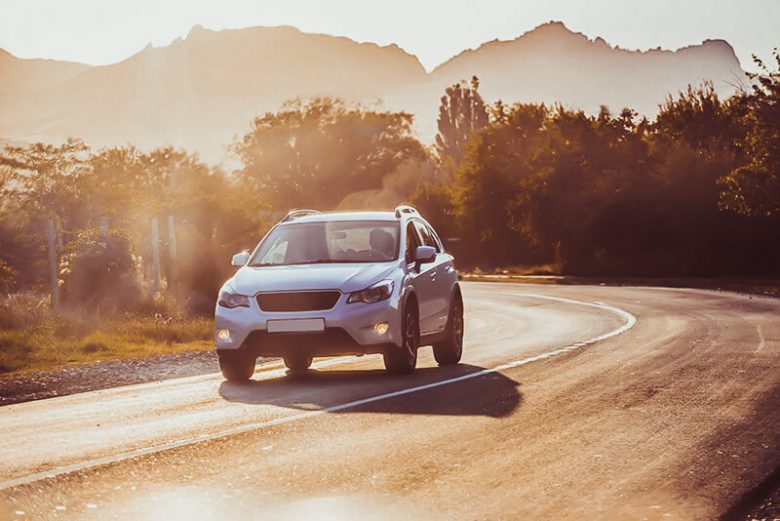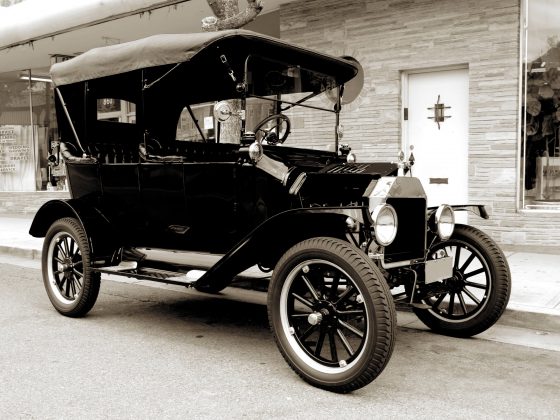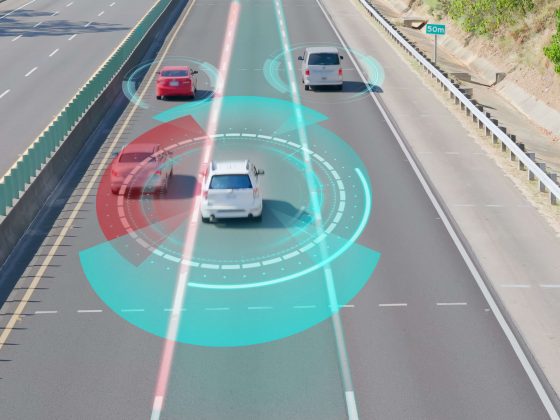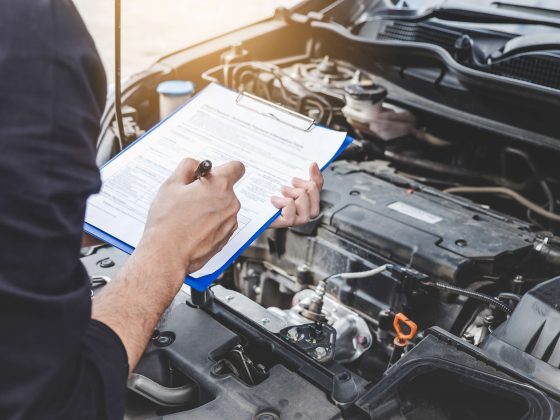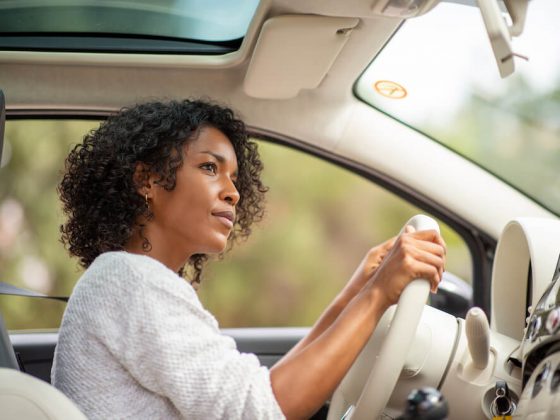Part of driving safely relates to handling different types of roads.
Use eTags© to Quickly Complete Your DMV Service. Renewals, Title Transfers and More, All Online!
While city driving receives a lot of attention due to safety issues, driving in rural areas also poses a similar threat.
When you drive in the city, you normally face upgraded roads with better access to different locations and lower obstacles.
Compared to rural driving, urban areas may offer a better description of how to navigate the road with signs, lights, and escape routes.
That’s the reason why some drivers may find the transition between urban driving to rural driving quite tough.
For that reason, let us give you 6 safety tips for driving in rural areas.
#1 Keep your vehicle in great shape
Make sure your vehicle is in great condition prior to hitting the road. Or else take it to the mechanic to get further advice on how to keep your vehicle running like new.
Driving in rural area may involve cruising bumpy roads and challenging scenarios that deteriorate your vehicle over the short and long run.
That’s why you should check your tire pressure, cooling system, fluid levels, and anything that could impact performance while driving far from the city.
#2 Pack supplies for any emergency
Prior to your trip, stock up on items that could help you in the event of an emergency. Consider the following items:
- Water.
- Snacks and healthy items.
- Flashlights.
- Blankets.
- Flares.
- First aid kit.
- Jumper cable
Getting stranded it’s never a cool experience. And the more useful items you pack, the more prepared you’ll be to overcome unexpected challenges.
#3 Map your journey
Rural driving deals a lot with roads with limited street signs or pure network signals. And people no longer want to carry paper maps when you can rely on your phone apps to get oriented.
That’s why your chances of getting lost increases tremendously, especially when you are not familiar with the area.
Hence, you should plan your journey prior to hitting the road. Adjust your speed levels so you don’t miss specific signs to get oriented.
And check your surroundings as they could give hints about your location and where you are going.
#4 Avoid speeding excessively
When driving in the open country, you will need to slow down a little bit just to have enough time to react to sharp curves, blind curves, steep hills, and dips.
Other reasons to reduce your speed when driving in rural zones is related to external factors such as:
- Adverse weather conditions
- Poor road conditions
- Night driving.
#5 Don’t let the weather ruin the fun
Perhaps you are in the middle of a road trip with friends and family and the weather began to impact your drive.
You’ll have no other choice but to slow down for your own safety. And there are situations in which you are required to get off the road until the weather improves.
Another alternative is to check the weather prior to your trip. You can plan your journey including stops in case the weather plays against you at certain hours.
#6 Watch for one-lane bridges
If you must rural drive, watch for one-lane bridges since they mostly have one lane. That’s why you should slow down.
Yield to other drivers who arrive to the bridge first to make things easier for everyone. And if you are not sure about it, then stop and yield to the other driver.
Not only will you be ensuring your safety, but you’ll also be showing courtesy.
SEE ALSO: How To Keep Track Of The Speed Limit With Google Maps
